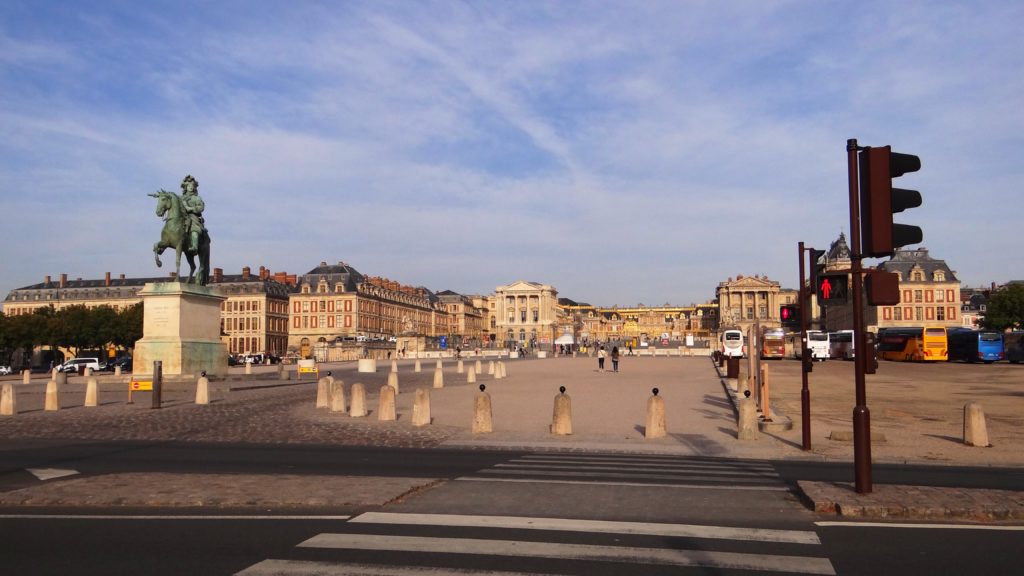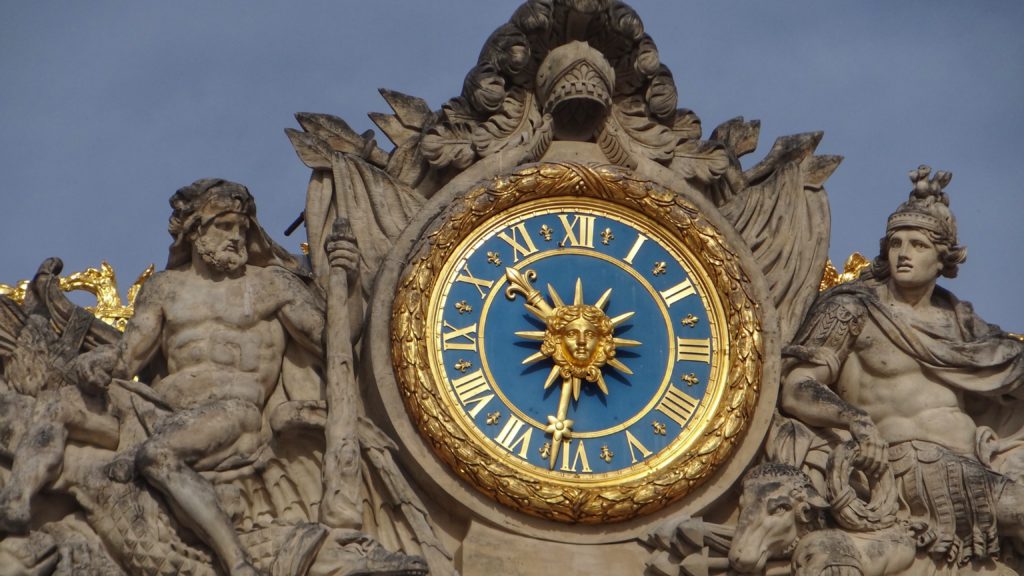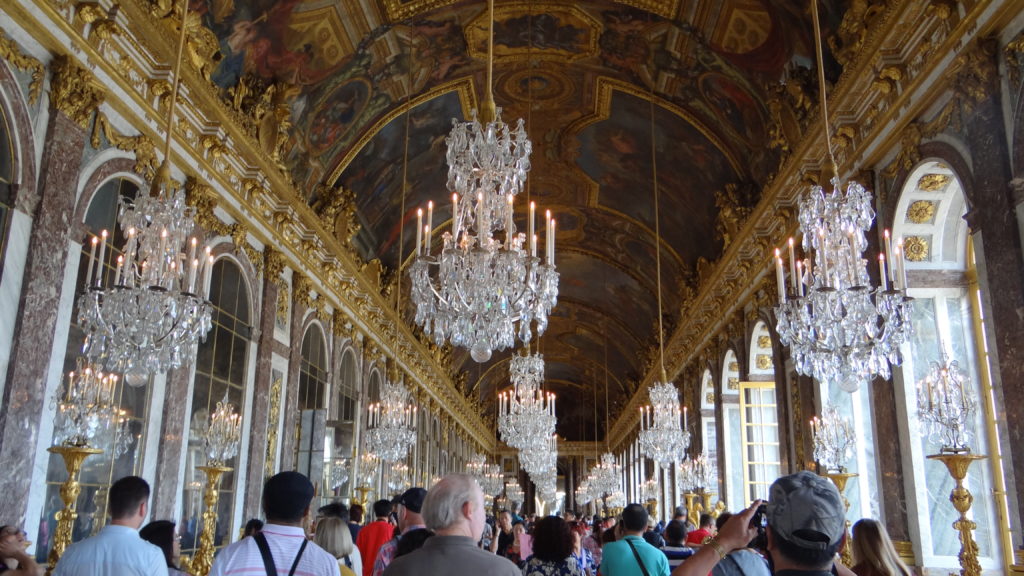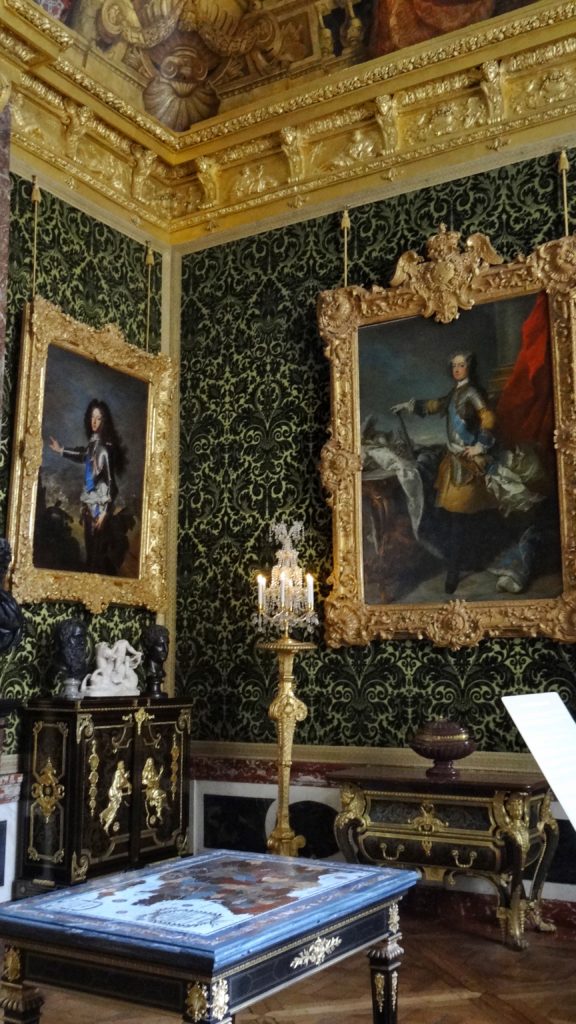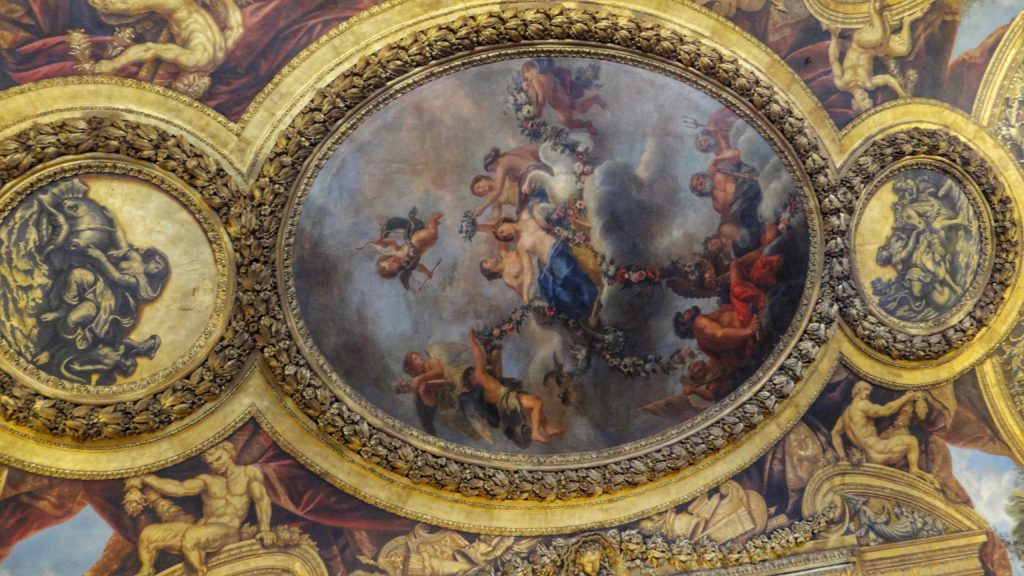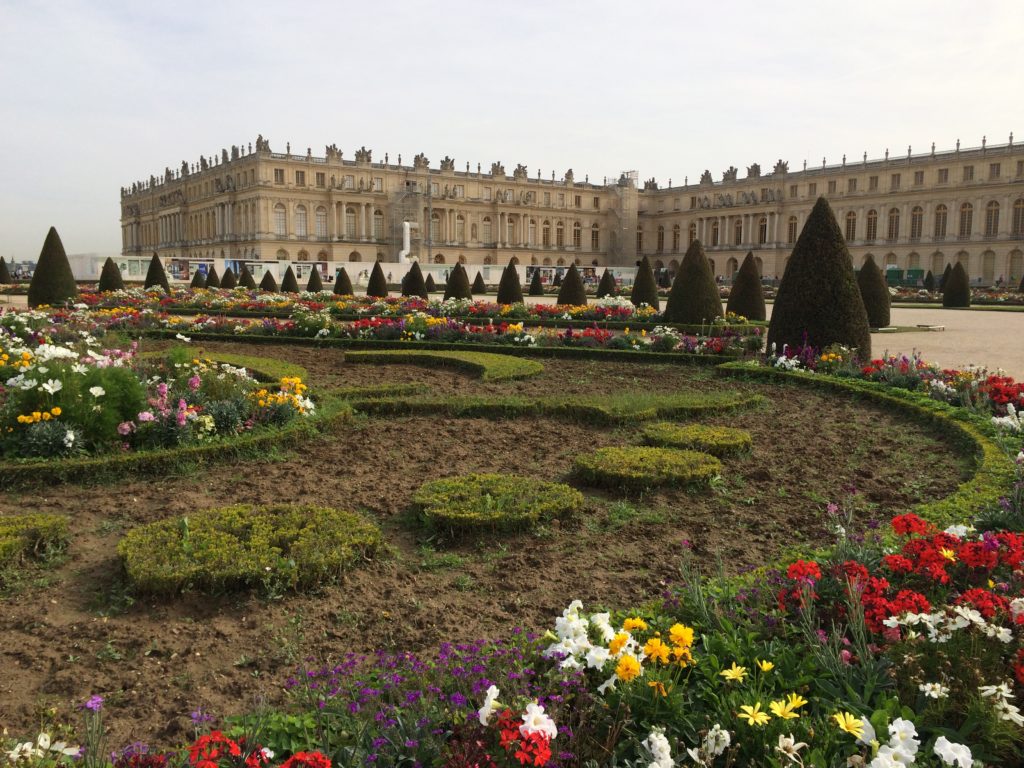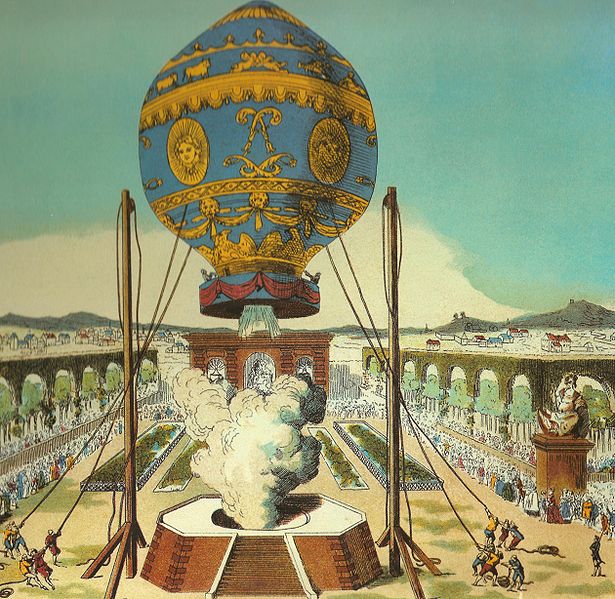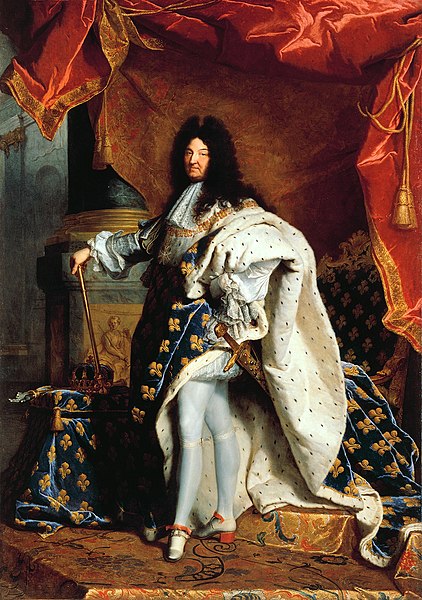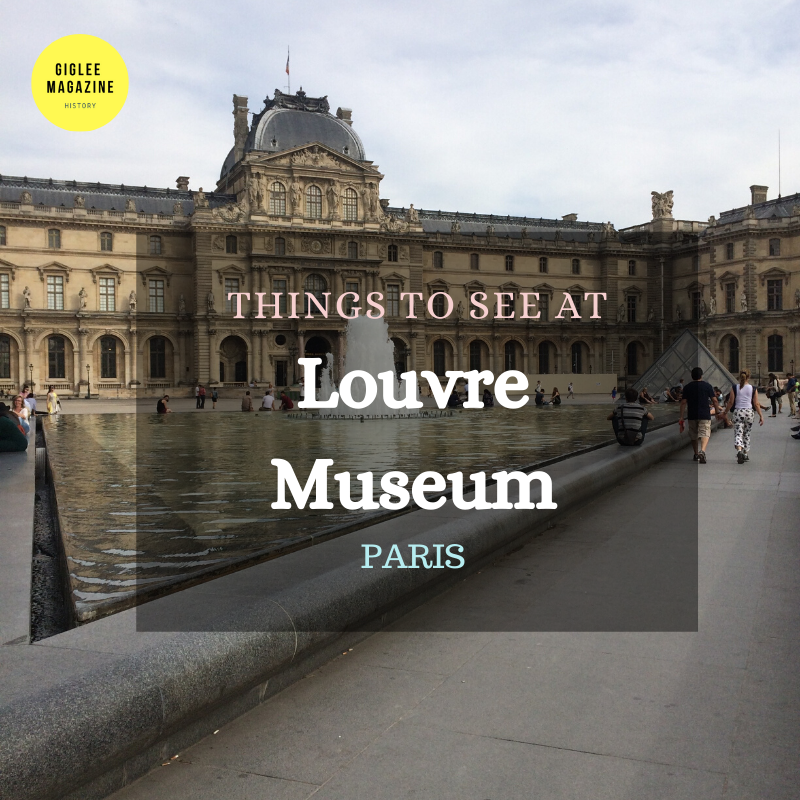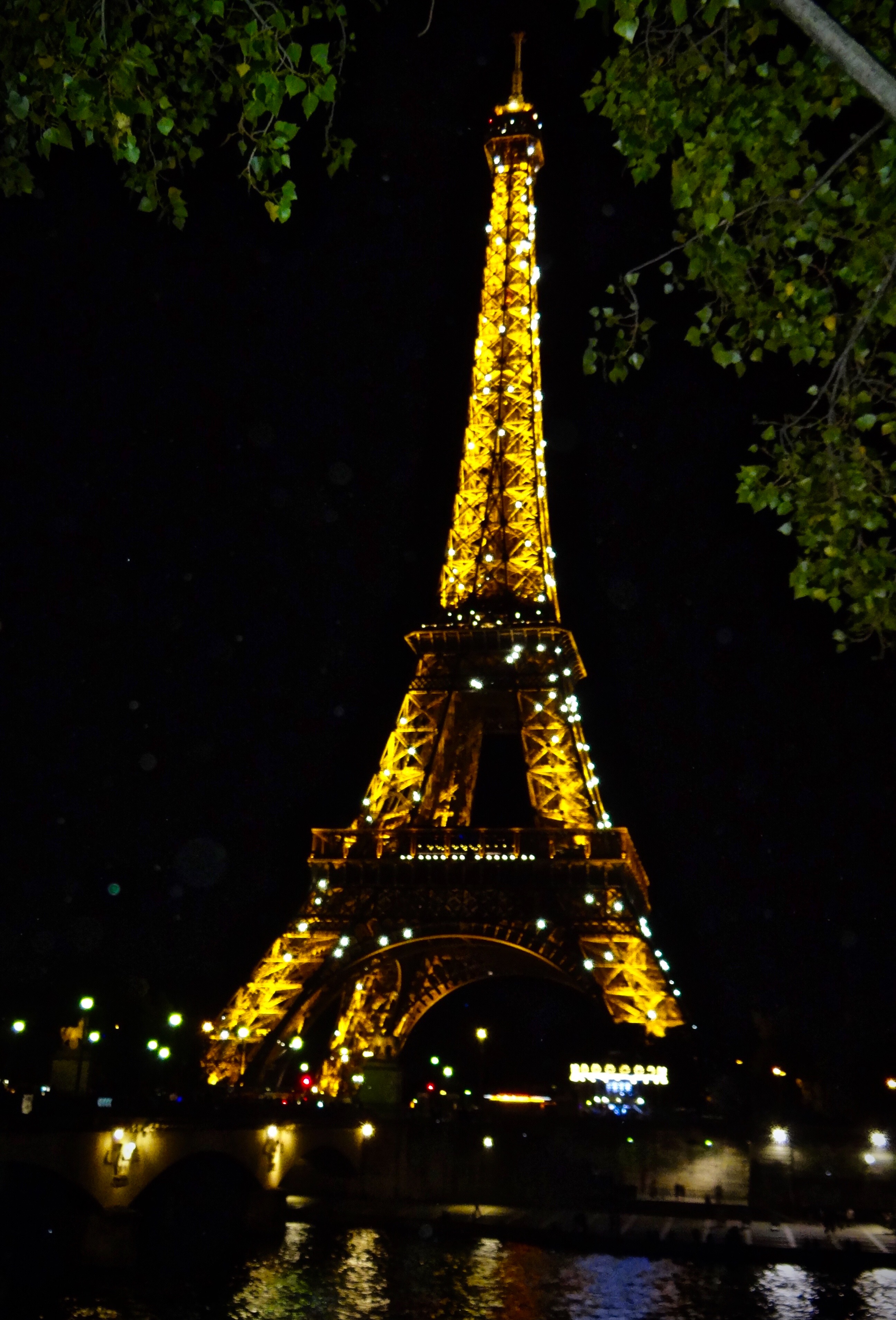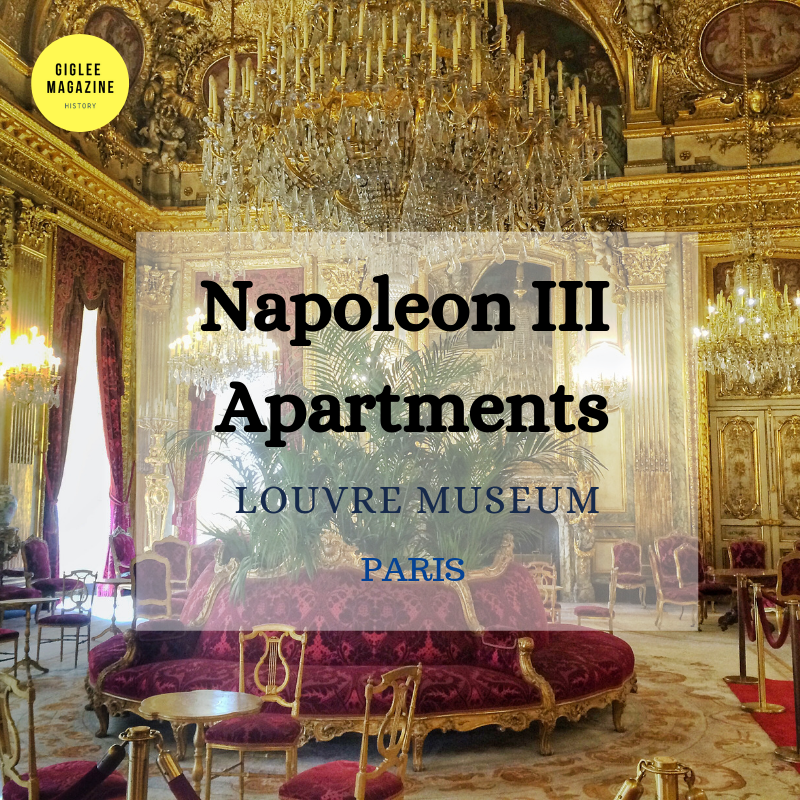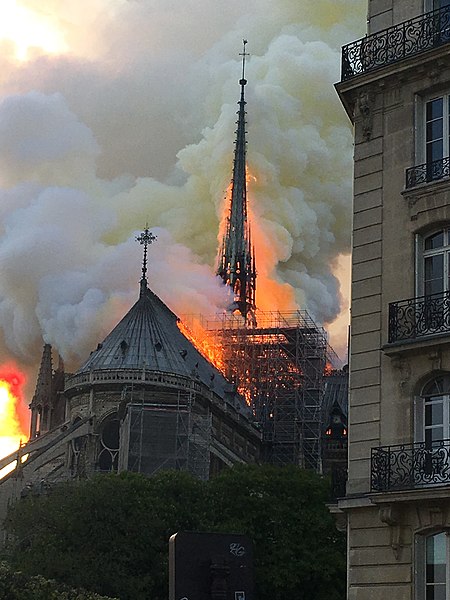
History of the Palace of Versailles
History of the Palace of Versailles: The Story that Made this Palace
Read about the History of the Palace of Versailles and the anecdotes behind this palace
Watch This
Listen to this
There isn’t a single Palace in Europe that is not compared to the Château of Versailles. The Palace of Versailles is a threshold, a synonym to describe anything that is opulent and royal. Its grandeur is legendary and its vanity, unrivalled.
The Palace of Versailles might be a source of awe and passion for many. According to me, it was a grand marketing scheme that gave France one of its national treasures.
Today as you stand in front of the gilded fence, it is impossible to take in Europe’s largest chateau without the man who conceptualised it.
The Palace was indeed an all consuming passion for a King. And this King thought himself to be the centre of the Universe.
This King, today sits upon his horse right in front of the entrance to the Palace that could be called the love of his life. Louis XIV looks regal and mighty as a Sun King should be. He looks ready to lead the people and the Palace behind him.
The expanse of the King’s visionary château is vast. Hidden behind the facade, is an estate even bigger and grander than us mortals can imagine. The estate seems to have been the work of Gods.
What I see when I look at Versailles, is the outcome of a King’s big dream turned into reality despite obstacles. You can call Louis XIV’s dream of building the Palace of Versailles a success story like that of Henry Ford. It is of course not a rags to riches story. This story is where all of Louis XIV’s courtiers and his Finance Minster said, it could not be done. The Sun King did it. And in building Versailles, the seat of the last Bourbons, gave France a Palace that the world remembers it by.
From the 17th century, right up till the 20th century, this Palace has seen the revolutionary and scandalous stories of not just Royalty but of the many influential people and political treaties that changed our world.
The opulence that resides in the smallest nook and corner of Versailles cannot be explored with mere words. There aren’t enough words, at least in my repository that could describe this château. It must be your eyes, that behold this dream. They will go wide with awe at every gilded masterpiece, tear drop chandelier, statue, fountain and gorgeous fresco you see.
The best way to absorb the essence that Versailles effuses is to hear its anecdotes. There are plenty of these anecdotes that’ll hold your fancy, blow your mind and even make you laugh.
Let us begin with
The History of the Palace of Versailles
The Palace has seen a lot of changes in the manner and style of generations that have come and gone. It has seen the world turn plenty of times from the early 17th century. Its history is therefore not an easy one to tell.
The Town of Versailles
Let me take you right back to the 17th century. If you’d step in Versailles in 1600, your boot would get muddy with marshy quicksand. The sight would be nothing you could have been happy with. There in front of you would have been a few ill-kempt farmhouses and an equally shabby windmill. Not a single aristocratic nose in sight!
That was what was Versailles, an ordinary French farming town.
Louis XIV’s father, Louis XIII saw what Versailles had to offer beyond the farmland. Surrounding this quaint town was a dense wild forest with boars and other wild animals. Louis XIII was interested in these animals, not to look after but to viciously hunt. Hunting until the mid-20th century, was a privileged Royal sport.
In 1632, Louis XIII purchased the land of Versailles. The deed described the land to be “of an old house in ruins and a farm with several buildings.”
The Hunting Lodge
Louis XIII then commissioned a hunting lodge. This lodge was not a fancy one. It was just a place for the King to reside in during his hunting sessions.
The King’s lodge was unpopular with the nobility. In fact a man called Bassompierre was kind enough to give his opinion saying,”it was a wretched château in the construction of which no private gentleman could be vain.”
Louis XIII, as the owner of Versailles gave part of the land to his courtiers. As you can imagine, they weren’t thrilled. The King though was spending more time at Versailles. Naturally the court had to follow him. They built their own dwellings, as they saw fit. After all it was a game of politics, with all the power in the hands of the King.
Versailles had turned into a new pleasant countryside far from the marshy quicksand it had been. It was in this cheerful light that the new King found his father’s hunting lodge when he came to Versailles.
Love at Second Sight
Royal records suggest Louis XIV accompanied his father to Versailles as a toddler. He was barely three and thus can’t be expected to have thought much about his dwellings.
A few years later, when he returned aged 13, as the King of France, it was love at first sight, or rather second sight. Louis had a fun time at the Hunting Lodge dining with officials. He’d return a couple of times during the hunting season.
That’s when a stray thought entered Louis XIV’s mind. He thought of living at Versailles forever.
The Palace would be a solution for many of his problems. It would truly be fit for a Great King.
He drew up plans and showed them to his finance minister. This is what the Superintendent of Finances had to say….
Your majesty knows, that, apart from brilliant actions in war, nothing marks better the grandeur and genius of princes than their buildings, and that posterity measures them by the standard of the superb edifices that they erect during their lives. Oh, what a pity that the greatest king, and the most virtuous, should be measured by the standard of Versailles! And there is always this misfortune to fear.”
Jean-Baptiste Colbert
The King didn’t bother with his Finance minister’s comment. He had decided to build the grand Palace of Versailles, the best Chateau in the entire of Europe.
The costs of building such an opulent palace never made a mention in his mind.
The Ever Consuming Dream
Building the Palace was not merely a dream. It was an all consuming passion. It was the sole thing on the King’s mind, and one that ranked as high as his important duties as King.
He employed the best of the best. His chief architects Louis Le Vau, Jules Mansard, the famous artist Charles Lebrun and the landscaper Andre Le Nôtre were all appointed for the grand project.
The King though was fond of the Hunting Lodge his father had built. He wanted the lodge to be incorporated into the new chateau.
Adhering to the King’s fancy, Le Vau patched up the moats that surrounded the Lodge and began building.
The King would often reside within the Palace and urge workers to work harder.
Le Vau proposed some changes in 1668 after seven years of constructing and skyrocketing costs. Opulent rooms where then redrafted, some bits removed and redone just as lavishly.
It was this crazed passion to build the best, a passion only possessed by Emperors and Kings, that allowed the King’s dream to slowly turn itself into reality.
The amounts of money used were staggering and so the sincere Finance Minister has recorded. Expenses for every gilded piece of furniture, bronze vases, statues, paintings and the out worldly fountains, all charged on the National Treasury.
No money was sparred to design and plant the gardens either. A few trees were imported, the fountains were made to look like something from a theatrical spectacle.
These gardens, as the surviving records tell us, were used in many of Louis XIV’s parties too. And the King was known for his exotic and exquisite celebrations.
Beyond the main Palace, amidst the garden in the small town of Trianon, the Sun King built the Grand Trianon, his respite. He’d often retire here when the frustrations of court politics caught up with him. The Grand Trianon was exquisitely designed too.
Despite the millions of Francs used up from the treasury, the work was not yet complete.
However all was not in vain. The Palace didn’t just look like one full of exorbitant artefacts. It had turned into one which was tall, mighty, regal and commanded a force compelling people within and outside of France to take a second look.
And that was what had driven the King to build his Palace. It was his mission to get the absolute power back in the Monarch’s hands and the nobles, under his thumb.
Home At Versailles
On 6th of May, 1682, Versailles officially became the seat of power that commanded France. Paris was still the capital, but the court followed the King to his beloved Chateau.
The pace of work had increased since 1677 under the watchful eye of the Monarch himself. Now he was housed in his Palace and he intended to celebrate this achievement with a magnificent party.
The celebrations were called ‘The party of the Delights of the Enchanted Island.’ It wasn’t your average party with pizza and cold drinks. He knew how to celebrate like a true Monarch that he was. This housewarming ceremony was celebrated over 6 days with different exotic plays, meals, dances and displays of grandeur.
Guests could see the Palace that their King had conceptualised and dare I say, branded in his name. The rooms were named after planets all revolving around ‘the Sun.’ The Roman God Apollo symbolised Louis XIV himself. And the face of the Sun, which we today recognise as the immortal stamp of the Sun King, was incorporated into the design.
The Authority of Versailles and its leader had been established.
The Hall of Mirrors, was a room that can be called one of the best at Versailles. It was once a balcony that connected the King’s and Queen’s Quarters. After Louis had it converted into the Hall of Mirrors, this room was used to baffle and intimidate many.
Louis XIV’s 72 year long reign made France a force to be reckoned with. Today he is remembered by the Palace of Versailles. It was his gift as well as his legacy to not just France but to the entire world most importantly a gift to his great-grandson and successor.
Louis XV at Versailles
Louis XV was born in Versailles. In 1715, after the death of his great-grandfather, he succeeded the throne.
He spent his first few years in Vincennes until his birthplace beckoned him. So he came to Versailles in 1722.
In 1717, the Russian Tsar Peter the Great had come to Versailles and had been inspired by what he saw.
The Palace of Versailles was so heavenly that it didn’t take long for Louis XV to adapt a befitting lifestyle. Like his predecessor, Louis XV didn’t appreciate the wide rooms. He replaced them with smaller ones. Small rooms were liveable and cosier he said.
Louis XV’s renovation plan meant that the Ambassadors Staircase, which was beautiful like everything in Versailles, was demolished. Most people remember the King’s misguided destruction today as a precious piece of architecture lost to history.
Louis XV however made up for his error by gifting Versailles the Royal Opera it needed. When it was inaugurated in 1770, it was the largest one in Europe. The Opera house could seat more than 1,500 people.
During his reign, Louis XV also built a smaller chateau next to the Grand Trianon. He called it the Petit Trianon. It was another haven for the King and his favourite to take some time away from the court.
Louis XV died in Versailles from Smallpox. With his last breath began the downfall of the Royal Bourbons (the name of the dynasty the Kings came from) as the immense pressure was passed on to the young shoulders of Louis XVI.
The Palace of Louis XVI and Marie Antoinette
Marie Antoinette, might be one of the most famous ladies to ever reside at Versailles. She was the wife of Louis XVI and was wrongfully condemned of being the lady who said to the poor hungry peasants “let them eat cake.”
A bride at 15, she came to Versailles from Austria. She fit in perfectly with the lifestyle of Versailles and had her daily routine mapped out for her.
Her tall head dresses and absurdly wide crinolines meant, the doorways at Versailles had to be widened. She was the fashion icon of her age. Every other lady would follow the latest fashion even if it was a bit crazy. I mean, it was stupid and vain to hang apples and pears in your hair when the populace outside your house were starving.
Despite being one of the chief women at Versailles, Marie Antoinette initially grew dreary with the lifestyle. She wrote to her family in Austria
“There is too much etiquette here to live the family life…Altogether, the Court at Versailles is a little dull, the formalities are so fatiguing. But I am happy, for Monsieur the Dauphin (her husband and heir) is very polite to me and always attentive.”
Marie Antoinette
When she became Queen, France was stirring with whispers of revolution.
Inside the Palace walls, the life was very different. Louis XVI gifted his adored wife the Petit Trianon. Marie Antoinette loved it there. She was away from the tiresome etiquette the Sun King had planted into the DNA of the Palace.
She renovated the Petit Trianon and hosted informal parties here.
Marie Antoinette also commissioned an English garden and a hamlet. The hamlet was just like the one people in villages lived in. It was for her children to play and learn that everybody didn’t live in a Palace like they did.
Dr Benjamin Franklin came to Versailles during this time. He recalls that some areas of the Palace were badly in need of repair. The American though was indeed impressed.
And then the revolution came. The royals left Versailles never to live, wine and dine in the way they had ever since the Sun King had called this Palace home.
Versailles After the Revolution
After Louis XVI and his wife had lost their crown, pun intended, there was a heated debate as to whether the Versailles Palace must stand. The French despised everything to do with the Monarchy.
Luckily for us the Palace survived. The artefacts within the castle though, were all sold. It must have been a sight that would have torn the Sun King’s heart into shreds.
The furniture sets, spoons, dishes, dinner sets, handkerchiefs and other items were sold. They each commanded a high price and they left the Palace bare. The exquisite paintings including other artefacts were transferred to the Louvre Museum.
The locals urged the government to transform the Palace into a museum.
Guided tours were arranged throughout the castle and a curator appointed.
Napoleon then showed a keen interest in Versailles.
The Museum shut down in 1810 and as the Emperor, he commissioned the restoration of a few suites. Napoleon took up residence in the less opulent Trianon estate.
In the 1830s, after a tumultuous political situation in France, King Louis Philippe took a genuine interest in the Palace of Versailles. The palace was not healthy and lay in neglect yet it was never abandoned.
Louis Philippe restored and opened the Historic Galleries as a museum in 1837. It cost him 20,000,000 francs to get the museum in working condition.
A few decades later, the palace came alive again as Queen Victoria and her husband were entertained by Napoleon III.
Politics Ahoy!
After the 1870s, the Palace of Versailles was plunged into the global political stage as a place were many historic treaties were signed. The most famous amongst them, was the Treaty for Versailles that brought the First World War to an end.
That was not the end of Versailles. A lot has occurred since then.
The Palace became an important place for State and Diplomatic meetings.
The wealthiest American of all time, John D. Rockefeller made two enormous donations to restore the structure, the roof, the Petit Trianon and the Hamlet in the 1920s.
The Ministry of Culture restored the Grand Trianon in the 1960s.
In 1982, President Mitterrand hosted the G7 meeting in the Palace.
Today, the entire estate of Versailles is open for our curious eyes.
So what are the few anecdotes that make this Palace special?
The Scandalous Diamond Necklace of 1784-1785
There was a necklace for sale with 650 diamonds and weighing 2,800 carats. Cardinal Rohan was tricked by a lady in court. She pretended to be Queen Marie Antoinette and asked him to buy the necklace.
To win the Queen’s favour, he bought it only to realise he had been duped. As always though, the blame fell on Marie Antoinette. The poor Queen just had that weird luck of turning the public against her!
Up, Up and Away in a Hot Air Balloon
Joseph and Étienne Montgolfier designed a balloon made up of cotton canvas with paper on either side. It was called Le Réveillon.
A demonstration of this flying object was held at Versailles in front of the King and his court. It was a momentous occasion for human kind.
At 1pm, a canon was fired. It was the call to let a sheep, duck and cockerel into the wicker basket that was tied to the balloon using a rope.
At 1:11pm, the next round fired indicating Le Réveillon was ready for flight.
The balloon rose up to 600 meters and flew 3.5 kms for 8 minutes before landing in Vaucresson. To everyone’s surprise the animals were alive!
The King was so amused that he included these animals in his Menagerie. He called them the ‘heroes of the air.’
And that was not all.
If you think Louis XVI and Marie Antoinette were strange, the Sun King’s rituals were still more weirder.
Louis XIV’s Ceremonies
He began the Lever and Coucher ceremonies at Versailles.
There were two Levers: a Grand Lever and Petit Lever that took place every morning. It involved 150 people who would basically watch the King wake up, dress, pray and clean himself.…
Courtiers would gather in the King’s chamber and watch this ceremony. And a similar ceremony would take place at night when the King would retire to his bed.
The ceremony involved the Princes, the King’s servants, the Grand Chamberlain, a physician, a surgeon and the King’s old nurse apart from the courtiers who would watch.
How awkward is that! I don’t think I’d be jolly waking up with people watching my every move as I brushed my teeth and combed my hair!
That was life at Versailles. It was extravagant, formal and at times even dull. Today for us it is a tale of strange stories and even stranger people.
I hope this has inspired you to take a trip to Versailles and experience the lives of the royals yourself.
If you thought ‘History of the Palace of Versailles’ was knowledgeable, share it with a couple of your friends and perhaps make travel plans with them.
And if you have the urge to read more, there are a wide array of articles to choose from.
The Hall of Mirrors, Versailles Palace
The History of the Louvre Museum
I am no Sun King to command you to but you could signed up for the email too… maybe?
Bibliography to the ‘History of the Palace of Versailles’
The Official Website of the Palace of Versailles
The Story of Versailles: Francis Loring Payne
DISCLAIMER: The intention of this article is not to hurt anyone's sentiments. The thoughts expressed in the article are purely those stated by the author of the work. The information provided on this website may not be complete, reliable, accurate and/or updated. The details you share with the website will not be shared or sold. We are not liable if in case of theft, your data is stolen. The content on this website is provided without any warranties whether express or implied. If you have a doubt, query or complaint please write to editor@giglee.in and we shall respond as soon as possible.




